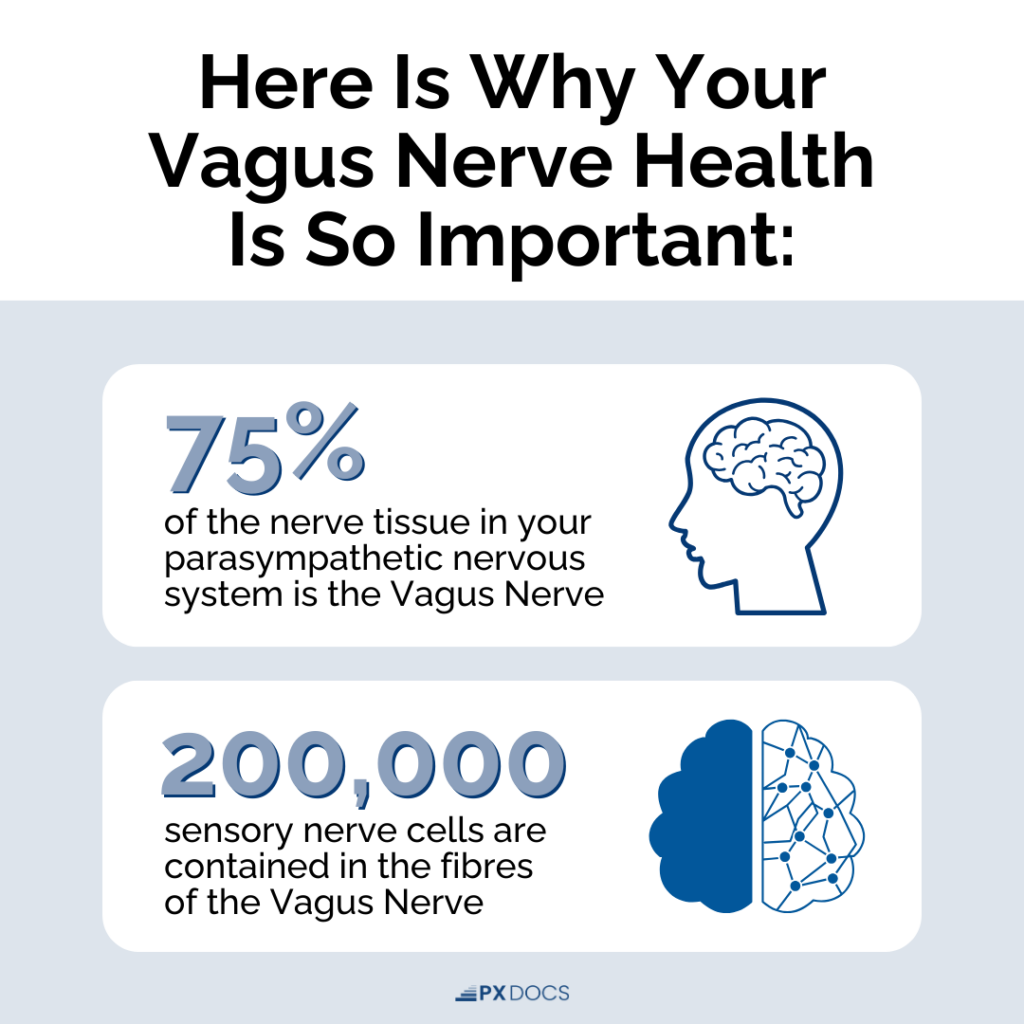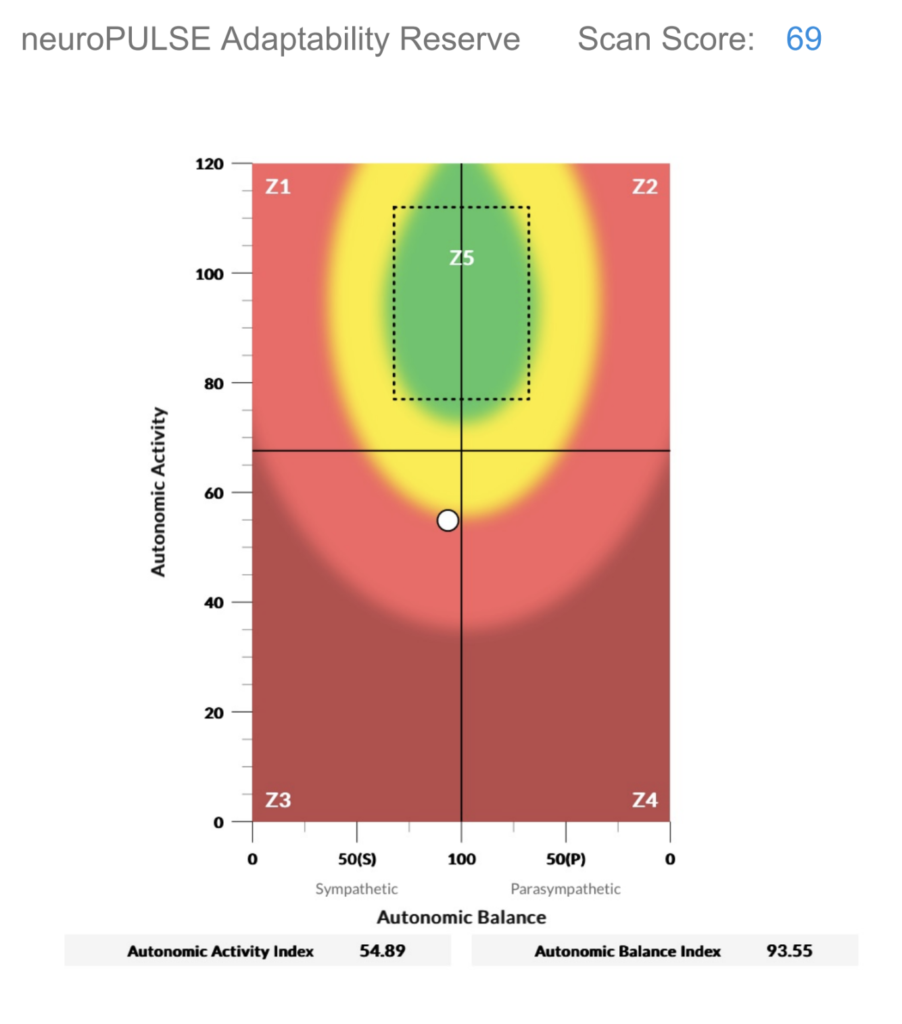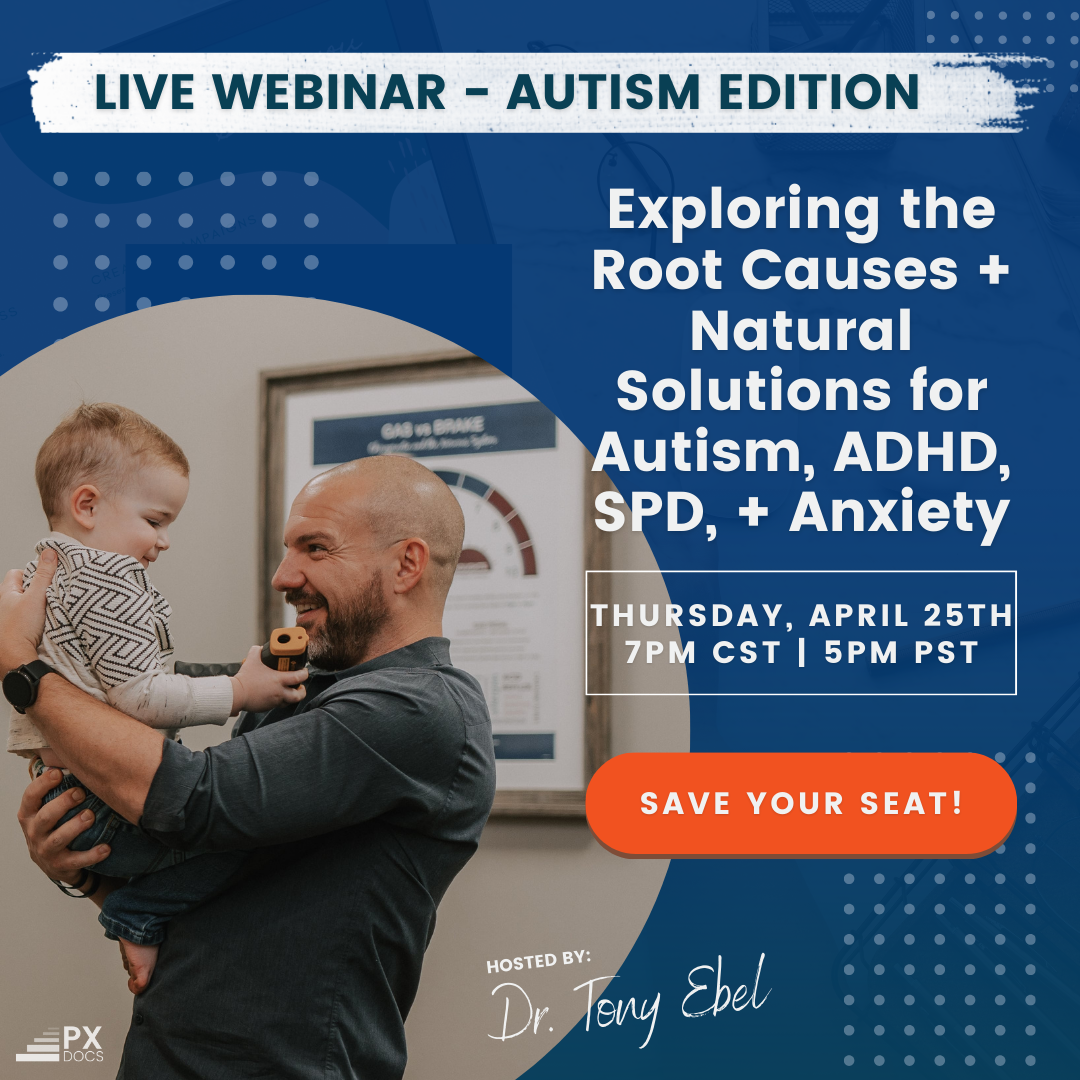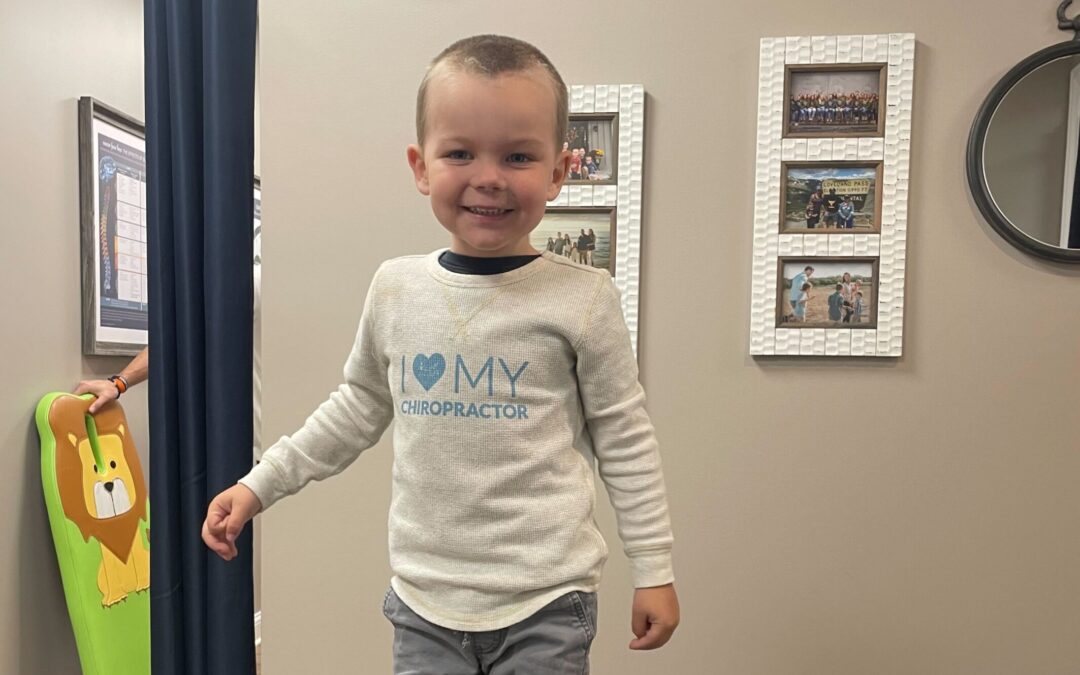Autism. ADHD. Anxiety. Asthma. Allergies.
Those are the A’s.
Colic. Reflux. Constipation. Sensory. Headaches. Exhaustion. Gastroparesis.
That’s just a short run of many other conditions, disorders, and symptoms that could easily be linked to the Vagus Nerve in just a few paragraphs.
It would take an entire book (maybe one day) to talk about everything clearly and scientifically linked to Vagus Nerve Disorders. So for the purpose of this article, we’re going to dive deep into exactly what the Vagus Nerve does, what causes it to get off track (dysfunction), and most importantly, what you can do to get it back on track if you think your child’s Vagus Nerve is truly dysfunctional.
The stories of Colton and Knox are the perfect example of how deep and expansive Vagus Nerve Disorders and health challenges can truly run in a child’s life. They dig their roots into the central and autonomic nervous system, the immune system, the gut, and more.
What are Vagus Nerve Disorders?

The Vagus Nerve has been nicknamed the “wandering nerve” because it originates from the brainstem, then travels down along the cervical spine and spreads throughout much of the upper body. It’s long been known to control vital heart, lungs, and digestive functions, but we now know the Vagus Nerve does even more important work.
Recent research on the Vagus Nerve shows that it’s also crucial in helping regulate our mood, emotions, and behavior. And still, other research continues to show how influential the Vagus Nerve is in regulating our immune system, especially in lowering inflammation.
Simply put, Vagus Nerve Disorders can negatively affect almost every element of your child’s health. We know infants’ most important health functions starting are the “basics” — eating, pooping, and sleeping. Then, the motor system, immune system, communication (speech), and emotional regulation begin to develop. It’s easy to see how a Vagus Nerve Disorder could negatively impact the function and development of one or all of those things in our children.
What are the Symptoms of Vagus Nerve Disorders?
As discussed in this dysautonomia article, the symptoms of Vagus Nerve Disorders can be vast and far-reaching. They are most likely not limited to just one symptom or condition but have a “Perfect Storm” effect where many things become dysfunctional at once.
The best condition that shows the various ways Vagus Nerve Disorders can show up in one child would be autism. We know in autism, mood, behavior, and other brain-based functions are altered, and autistic children also struggle with things like digestive motility and immune function.
Regarding digestive motility, gastroparesis is one of the most well-documented Vagus Nerve Disorders. This is where the motility or movement of the gastrointestinal system is slowed and altered because it’s the job of the Vagus Nerve (or cranial nerve) is to stimulate and activate the digestive function in this way.
This is generally what happens across the board with Vagus Nerve disorders – some critical function that is supposed to be activated and stimulated by this wildly important nerve is then slowed way down or “turned off.”
Here is a quick list of things we know can be connected to Vagus Nerve Disorders:
- Abdominal pain and bloating
- Acid reflux (gastroesophageal reflux disease, GERD)
- Difficulty swallowing or loss of gag reflex
- Dizziness or fainting (often called Vasovagal Syncope)
- Hoarseness, wheezing or loss of voice, difficulty speaking
- Loss of appetite, feeling full quickly, or unexplained weight loss
- Nausea and vomiting
- Constipation
- Heart rate and blood pressure challenges
- Depression and anxiety
- Sleep Disorders
What Causes Vagus Nerve Disorders?
Usually, the causes of vagus nerve disorders stem from a previous infection, inflammation, and physical or psychological stress. There are various causes for some common vagus nerve disorders, such as gastroparesis, which includes diabetes, viral infections, abdominal surgery, and scleroderma. Vasovagal Syncope, another vagus nerve disorder, has some triggers, such as extreme heat, long periods of standing or exercise, dehydration, and straining actions such as coughing or bowel movements.
Additionally, birth trauma, such as prolonged labor or using instruments like forceps during delivery, can potentially cause damage to the vagus nerve.
How Can I Protect my Vagal Nerves?
Protecting your vagal nerves is akin to nurturing the body’s serene messenger. These nerves are the biotic cables that carry calmness and control throughout your system, so their care is paramount. Start by embracing a balanced diet rich in anti-inflammatory foods that soothe your inner ecosystem. Regular, gentle exercise, like yoga or walking, can be a balm, enhancing blood flow to nerve fibers. Prioritize stress-reducing activities; meditation and deep-breathing exercises are not just soulful indulgences—they’re vital practices that can bolster vagal tone, fostering a tranquil mind and a harmonious body. Remember, your vagal nerves thrive in a milieu of peace and equilibrium, so cultivating a lifestyle that mirrors these states is your shield against the tempests of disorder.
How Do You Care for Vagus Nerve Disorders?
The first step you must take is to address how your or your child’s vagus nerve is functioning, and if it’s off track, determine how much.
The most important exam for this is an HRV Test (Heart Rate Variability). Our PX Docs are trained and equipped to run an HRV exam on children as young as a few days old, all the way up to all of us stressed, worn-out parents.
Depending on age, HRV is a simple test that takes just 1-5 minutes to run but gives us valuable information on how your vagus nerve works and whether subluxation and dysautonomia are present.
Here are two examples of what Vagus Nerve Dysfunction would look like on an HRV test:
This is the HRV of a busy mom who’s crazy fit and in shape, so looks healthy and strong on the outside but struggles with fatigue, gut and immune issues, and sciatica.
What this sympathetic dominant HRV shows is that her vagus nerve “brake pedal” is not doing its job. When that side of the system becomes dysfunctional or subluxated, an overactive and sustained (sympathetic fight or flight “gas pedal” side) response is the result.

This HRV scan above is that of just a 2-year-old little girl. This patient struggled with Vagus Nerve challenges because her sleep, digestion, and gross motor control struggled significantly. And having such severe, multi-system health challenges makes perfect sense with this HRV, where the small white dot being that low and showing an Autonomic Activity Index of just 54.89 means her autonomic nervous system was indeed exhausted and running on low battery. You can read more about this incredible little girl’s story of transformation with chiropractic here!
The first step puts all the healing in motion for you or your child – getting the answers that only the HRV and other neurological scans can provide!
If you suspect that you or your child are struggling with Vagus Nerve Dysfunction, subluxation, and dysautonomia, then going through the PX Doc Clinical Process will be super helpful. Not only will you get the neurological scans run to find the exact level of dysfunction within the nervous system, but you’ll be able to have an in-depth consultation and conversation with your PX Doctor.
Our PX Docs understand the Vagus Nerve and everything connected to it better than any other health practitioner. From there, they’ll create a personalized, customized care plan just for you or your child to ensure activation and stimulation of the Vagus Nerve front and center!






